Home>Garden Essentials>Why Is Aerating Turf Grass Important
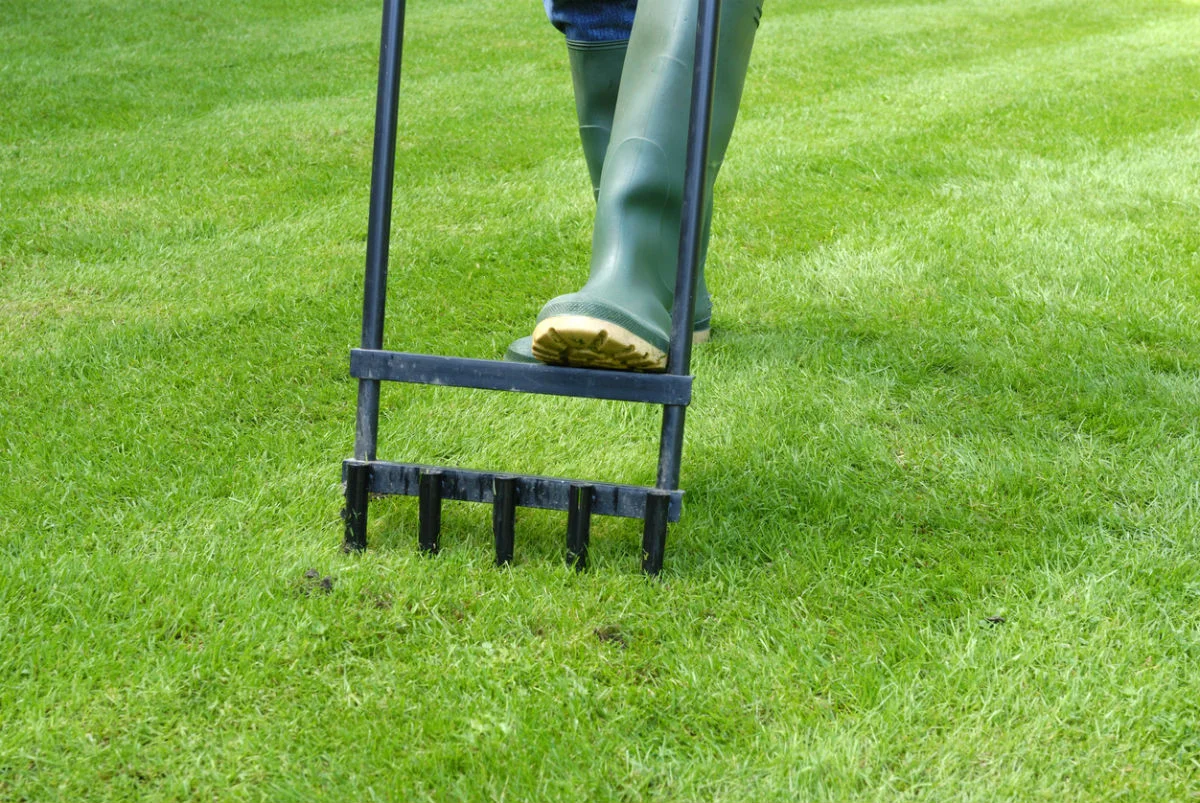

Garden Essentials
Why Is Aerating Turf Grass Important
Modified: September 2, 2024
Discover the importance of aerifying turf grass in your garden and how it benefits the quality and health of your plants. Enhance soil aeration and nutrient absorption for a thriving garden.
(Many of the links in this article redirect to a specific reviewed product. Your purchase of these products through affiliate links helps to generate commission for Storables.com, at no extra cost. Learn more)
Introduction
Welcome to the world of turf grass! Whether you have a backyard lawn, a sports field, or a golf course, you know how important it is to maintain healthy and vibrant turf grass. It not only adds beauty to the landscape but also provides a safe and playable surface for various activities.
One essential practice in turf grass maintenance is aerification. You may have heard this term before, but do you know what it means and why it is important? In this article, we will explore the concept of aerifying turf grass and the numerous benefits it brings.
Turf grass aerification involves creating small holes or channels in the soil to improve the overall health of the turf. These holes allow for better air, water, and nutrient movement in the root zone, ensuring optimal growth and development.
Now that we understand the basic concept, let’s dive deeper into the benefits of aerifying turf grass.
Key Takeaways:
- Aerifying turf grass improves oxygen and nutrient exchange, water infiltration, and reduces soil compaction, promoting healthier and more resilient grass growth.
- Regular aerification prevents thatch accumulation, promotes root growth, and should be done once or twice a year, tailored to specific lawn needs.
Read more: Why Aerate Grass
What is turf grass aerification?
Turf grass aerification is a maintenance practice that involves the removal of soil cores or the creation of channels in the soil to improve the health and quality of the turf. It is typically done using specialized equipment such as a core aerator or a solid-tine aerator.
The purpose of aerification is to alleviate soil compaction, enhance oxygen and nutrient exchange, improve water infiltration and drainage, promote root growth, and prevent thatch accumulation. These benefits are instrumental in maintaining a healthy and thriving turf grass lawn or field.
During the aerification process, small cores of soil are extracted from the ground and left on the surface. These cores break down naturally over time, helping to reduce compaction and allowing air, water, and nutrients to penetrate the root zone more effectively. The channels created by solid-tine aerators work similarly by loosening the soil and creating space for root growth.
By aerifying the turf grass, you create an environment that fosters deeper root growth, which strengthens the overall structure of the grass and improves its ability to withstand stress, such as heavy foot traffic or extreme weather conditions.
In addition to core or solid-tine aerification, there are other methods of aerifying turf grass, such as slicing, spiking, or using compressed air to inject air into the soil. Each method has its advantages and is used in different situations, depending on factors like soil type, grass type, and specific maintenance goals.
Now that we have a better understanding of what turf grass aerification entails, let’s explore the many benefits it brings to your lawn or field.
Benefits of Aerifying Turf Grass
Aerifying turf grass offers a multitude of benefits that contribute to the overall health and vitality of your lawn or field. Let’s dive into some of the key advantages of aerification:
Improved oxygen and nutrient exchange
By creating channels or removing soil cores, aerification allows for better circulation of oxygen and nutrients within the root zone. This enhanced exchange ensures that the turf grass receives the essential elements it needs for growth and development. Improved oxygen levels also promote beneficial microbial activity in the soil, further aiding in nutrient availability.
Enhanced water infiltration and drainage
Compacted soil can lead to poor water infiltration and drainage, resulting in surface runoff, soil erosion, and waterlogged areas. Aerification helps mitigate these issues by creating pathways for water to penetrate the soil, reducing the risk of standing water and promoting efficient drainage. This aspect is especially important in areas with heavy rainfall or high irrigation rates.
Read more: Why Landscaping Is Important
Reduction of soil compaction
Soil compaction is a common problem in high-traffic areas, such as sports fields or heavily used lawns. It restricts the movement of air, water, and nutrients, impeding root growth and leading to a decline in turf quality. Aerification breaks up compacted soil, allowing for improved root penetration and the establishment of a healthier root system. This, in turn, leads to increased disease resistance, improved nutrient uptake, and overall turf vigor.
Promotion of root growth and development
Aerification stimulates root growth by providing space for roots to expand and develop. As the channels or holes created during the process fill in with loose soil, roots are encouraged to branch out and grow deeper, anchoring the turf grass more firmly. Stronger root systems result in increased drought tolerance, better nutrient absorption, and enhanced overall plant health.
Prevention of thatch accumulation
Thatch, a layer of dead and decaying organic matter that accumulates between the grass blades and the soil surface, can cause various problems if it becomes too thick. It restricts water and nutrient penetration, harbors pests and diseases, and hinders root growth. Aerification helps prevent thatch buildup by promoting microbial activity, which aids in the decomposition of organic matter. Additionally, the removal of soil cores during aerification helps reduce thatch accumulation by physically removing some of the thatch layer.
Now that we understand the benefits of aerifying turf grass, let’s dive deeper into how often you should perform this important maintenance practice.
Improved Oxygen and Nutrient Exchange
One of the key benefits of aerifying turf grass is the improved exchange of oxygen and nutrients within the root zone. Oxygen plays a vital role in the respiration process of plants, allowing them to convert stored energy into growth and development. Nutrients, such as nitrogen, phosphorus, and potassium, are essential for healthy turf growth.
When soil becomes compacted, the spaces between soil particles diminish, limiting the flow of oxygen to the roots. This lack of oxygen can lead to stress and reduced turf health. Additionally, compacted soil restricts the movement of nutrients, preventing their effective absorption by the roots.
Aerification helps alleviate soil compaction by creating small channels or removing soil cores, which allows for better air circulation and oxygen availability. These channels serve as pathways for oxygen to reach the roots, ensuring the aerobic respiration of the turf grass.
When oxygen levels increase in the root zone, beneficial soil microorganisms thrive. These microorganisms play a crucial role in breaking down organic matter and releasing nutrients in a form that is readily accessible to the roots. Improved oxygen levels also promote the growth of symbiotic fungi, such as mycorrhizae, which establish a mutually beneficial relationship with the turf grass roots, aiding in nutrient uptake.
In addition to oxygen, nutrient availability is greatly enhanced through aerification. The channels or holes created during the process provide direct access for nutrients to reach the root zone. This allows the roots to absorb the necessary elements more efficiently, promoting healthy growth and development.
By improving the oxygen and nutrient exchange in the root zone, aerification helps maximize the turf’s ability to utilize available resources, resulting in a vibrant and healthy lawn or field.
Now that we understand the importance of improved oxygen and nutrient exchange, let’s explore another significant benefit of aerifying turf grass: enhanced water infiltration and drainage.
Read more: Why Is Greenery Important
Enhanced Water Infiltration and Drainage
Proper water infiltration and drainage are essential for the health and longevity of turf grass. When soil becomes compacted, water is unable to penetrate the surface effectively, leading to poor water infiltration and drainage issues. This can result in a range of problems, including surface runoff, soil erosion, and waterlogged areas.
Aerifying turf grass helps address these issues by creating channels or holes in the soil, allowing water to infiltrate more easily. The channels act as pathways for water to move through the soil profile, reaching the root zone where it is needed for plant uptake. This ensures that the turf grass receives an adequate water supply, promoting healthy growth and preventing drought stress.
In addition to improved water infiltration, aerification also enhances drainage. Compacted soil restricts the movement of water, causing it to pool on the surface or create saturated areas. This excess water can lead to root suffocation and increased susceptibility to disease. By breaking up the compacted soil, aerification allows water to drain more efficiently, reducing the risk of waterlogged conditions and enhancing the overall health of the turf.
Enhanced water infiltration and drainage also have a positive impact on the turf’s ability to recover from rainfall, irrigation, or other moisture-related stress. When water is able to move through the soil freely, it helps wash away excess salts and other harmful substances that might have accumulated in the root zone. This promotes a healthier root environment and reduces the risk of nutrient imbalances or toxicity.
Aerification is especially crucial in areas with heavy rainfall or high irrigation rates, as it helps prevent water runoff and promotes efficient water usage. By allowing water to penetrate the soil and drain away properly, aerified turf grass is better equipped to withstand challenging weather conditions and maintain its health and appearance.
Now that we understand the benefits of enhanced water infiltration and drainage, let’s explore how aerification reduces soil compaction.
Reduction of Soil Compaction
Soil compaction is a common problem in areas with heavy foot traffic or machinery use, such as sports fields, golf courses, or highly frequented lawns. It occurs when the soil particles are pressed tightly together, reducing pore space and restricting the flow of air, water, and nutrients.
Soil compaction has detrimental effects on turf grass health and vigor. The compacted soil creates a barrier that inhibits root growth and limits the ability of the turf to develop a strong and extensive root system. As a result, the grass becomes more susceptible to stress, disease, and other environmental factors.
Aerifying turf grass is an effective method for reducing soil compaction. The process involves creating channels or removing cores of soil, which loosens the compacted layers and provides space for air and water to penetrate the root zone.
When the soil is compacted, air movement is limited, depriving the roots of oxygen. By aerifying, you open up the soil, allowing fresh air to reach the root system. This increased oxygen supply stimulates root growth, improves nutrient uptake, and enhances the overall health of the turf grass.
In addition to improving air circulation, aerification also promotes proper water movement in the soil. Compacted soil tends to repel or hold onto water, leading to poor drainage or waterlogged conditions. The channels created during aerification allow water to move more freely through the soil profile, reducing the risk of standing water and water-related problems.
Aerification also helps break up the compacted layers, allowing the roots to penetrate deeper into the soil. This promotes a stronger and more extensive root system, which in turn enhances the overall stability and resilience of the turf. Deep-rooted grass is better equipped to access water and nutrients, making it more tolerant to drought, heat, and other environmental stresses.
Reducing soil compaction through regular aerification is vital for maintaining healthy turf grass. It provides a favorable growing environment, encourages robust root growth, and helps the grass withstand heavy use and external stressors.
Now that we understand the importance of reducing soil compaction, let’s explore how aerification promotes root growth and development.
Promotion of Root Growth and Development
Healthy and robust roots are the foundation of a thriving turf grass lawn or field. They provide stability, absorb water and nutrients, and support lush and vigorous growth. Aerifying turf grass plays a crucial role in promoting root growth and development. Let’s explore how this process benefits the root system:
1. Enhanced Root Penetration:
Aerification breaks up compacted soil and creates channels or holes that allow roots to penetrate deeper into the ground. This deeper root growth provides several advantages, including improved access to water and nutrients, increased drought resistance, and greater stability against environmental stressors such as wind and heavy rain.
Read more: Why Is Grass Important To The Environment
2. Increased Nutrient Absorption:
Aerification improves nutrient absorption by enhancing oxygen levels in the root zone. This increased oxygen availability stimulates microbial activity, breaking down organic matter and releasing nutrients in a form that can be readily absorbed by the roots. As a result, the turf grass receives a consistent supply of essential elements, promoting healthy growth and vibrant coloration.
3. Strengthened Root System:
The creation of channels or the removal of soil cores during aerification promotes lateral root growth and the formation of new root branches. This branching network increases the overall density of the root system, providing a more effective anchor for the turf grass. A stronger root system enhances stability, enabling the grass to withstand heavy foot traffic, sports activities, and other stresses.
4. Improved Water and Nutrient Uptake:
A well-developed root system is essential for efficient water and nutrient uptake. With aeration, the roots are able to explore a larger volume of soil and access water deep in the profile, reducing dependence on surface irrigation. The increased availability of water and nutrients supports optimal growth and helps the turf grass resist drought conditions.
5. Enhanced Resistance to Disease and Stress:
Aerification promotes root growth and strengthens the overall health of the turf grass, making it more resilient against diseases and stress. Robust roots have a higher capacity to absorb nutrients, which boosts the plant’s immune system and enhances its ability to combat common turf diseases. Additionally, an extensive root system provides a buffer against environmental stressors, such as extreme temperatures and fluctuations in moisture levels.
By promoting root growth and development, aerification fosters a strong and healthy turf grass lawn or field. The benefits of a well-developed root system extend beyond the surface, providing long-term sustainability and beauty.
Now that we understand the importance of promoting root growth, let’s explore how aerification helps prevent thatch accumulation.
Read more: Why Is Lawn Care Important
Prevention of Thatch Accumulation
Thatch is a layer of dead and decaying organic matter that accumulates between the lawn’s grass blades and the soil surface. While a thin layer of thatch can act as a natural insulator and provide some benefits, excessive thatch can cause a range of problems for turf grass health and maintenance. Aerifying turf grass plays a vital role in preventing excessive thatch accumulation. Let’s explore how:
1. Improved Microbial Activity:
Aerification promotes the activity of beneficial soil microorganisms, such as bacteria and fungi, that are responsible for breaking down organic matter. These microbes thrive in the oxygen-rich environment created during the aerification process. Their increased activity leads to the decomposition of thatch, reducing its accumulation over time.
2. Enhanced Decomposition of Organic Matter:
Thatch is primarily composed of dead roots, stems, and other organic debris. Over time, this debris accumulates and forms a layer that impedes water, air, and nutrient movement. Aerification introduces oxygen and increases soil porosity, which fosters the activity of thatch-decomposing microorganisms. As these organisms break down the organic matter, the thatch layer diminishes, promoting a healthier turf grass environment.
3. Physical Removal of Thatch Layer:
Depending on the aeration method used, such as core aerification, small plugs of soil and thatch are extracted from the turf. This physical removal helps to reduce thatch accumulation by physically removing some of the thatch layer. As the extracted cores break down, they contribute to the decomposition process and improve soil structure, further preventing excessive thatch buildup.
Read more: Why Is A Green Space Important In A School
4. Improved Water and Nutrient Infiltration:
Excessive thatch acts as a barrier, impeding proper water infiltration and nutrient movement in the soil. Aerification breaks up the thatch layer, allowing water, air, and nutrients to penetrate the root zone more effectively. This promotes a healthier turf grass system, as the roots have enhanced access to essential resources.
5. Reduced Pest and Disease Risks:
An accumulation of thick thatch can create a favorable environment for pests and diseases. Insects, such as grubs, find shelter and food sources within the thatch layer, while fungal pathogens thrive in the damp and compacted conditions. By preventing excessive thatch buildup through regular aerification, you minimize the potential for pest infestations and disease outbreaks, leading to a healthier and more resilient turf.
Preventing thatch accumulation through aerification is essential for maintaining a well-balanced and healthy turf grass system. By promoting the decomposition of organic matter, improving soil structure, and reducing the risks of pests and diseases, aerification contributes to the overall vitality and longevity of your lawn or field.
Now that we have explored the benefits of aerifying turf grass, it is important to know how often this practice should be performed. Let’s delve into the recommended frequency for aerification in the next section.
How Often Should Turf Grass be Aerified?
The frequency of aerifying turf grass depends on various factors, including the type of grass, the level of soil compaction, and the amount of thatch accumulation. While there is no one-size-fits-all answer, it is generally recommended to aerify turf grass at least once or twice a year for most lawns and sports fields.
For cool-season grasses, such as Kentucky bluegrass or perennial ryegrass, the ideal time for aerification is during the fall or early spring. These grasses experience the most active growth during these seasons, allowing them to recover more quickly from the stress of the process. Aerifying in the fall also gives the grass ample time to fill in any open areas before the dormant winter period.
Warm-season grasses, such as Bermuda grass or Zoysia grass, should be aerified during the late spring or early summer, when they are actively growing. Aerifying warm-season grasses during their peak growth period helps promote faster recovery and allows for optimal root development during the summer months.
While the general guideline is to aerify once or twice a year, some lawns may require more frequent aerification treatments. High-traffic areas, such as sports fields or heavily used lawns, may benefit from additional aerification sessions to alleviate soil compaction caused by constant foot traffic or machinery.
It is essential to assess the condition of your turf grass to determine the frequency of aerification. If you notice signs of excessive thatch buildup, such as spongy or uneven turf, or if the soil feels compacted and waterlogged, these are indications that aerification is needed more frequently. Regular monitoring of the turf’s condition will help you determine the best aerification schedule for your specific lawn or field.
Keep in mind that while aerification is an important practice, it should be performed with care to avoid over-stressing the turf. It is recommended to consult with a lawn care professional or turfgrass specialist to assess your specific needs and develop a tailored aerification schedule for your lawn.
In the next section, we will explore different methods of aerifying turf grass, allowing you to choose the best approach for your lawn or field.
Different Methods of Turf Grass Aerification
There are several methods of aerifying turf grass, each with its own advantages and suitable applications. Understanding these different techniques will allow you to choose the method that best suits the needs of your lawn or field. Let’s explore some of the common methods of turf grass aerification:
Read more: Why Is Grass Better Than Turf
1. Core Aerification:
Core aerification, also known as hollow-tine aerification, is one of the most common and effective methods. It involves the removal of small, cylindrical cores of soil and thatch from the lawn using specialized equipment. These cores are typically half an inch to three-quarters of an inch in diameter and several inches in length.
Core aerification helps alleviate soil compaction, improves water and nutrient movement, and encourages root growth. The extracted soil cores can be left on the surface to break down naturally or removed to expedite the thatch decomposition process.
2. Solid-Tine Aerification:
This method of aerification is similar to core aerification, but instead of removing soil cores, solid-tine aerification uses solid metal or plastic tines to create holes in the soil. These holes allow for better air and water movement, reducing compaction and promoting root development.
While solid-tine aerification does not remove soil cores, it can still provide benefits in terms of improving soil structure and reducing thatch accumulation. This method is often used for maintenance on golf greens or other areas where removing soil cores is not desirable.
3. Slicing:
Slicing is a method of aerification that involves cutting shallow grooves in the soil using vertical slicer machines or specialized attachments. These grooves create openings for air, water, and nutrients to reach the root zone, promoting a healthier turf grass system.
Slicing is often used as a preventative measure for thatch buildup and can also help alleviate minor surface compaction. This method is less invasive compared to core aerification and is suitable for lawns with minimal soil compaction or thatch accumulation.
4. Spiking:
Spiking, also known as solid-tine aeration, involves penetrating the soil with solid tines without removing any soil cores. This method is less effective in relieving compaction compared to core aerification, but it still allows for better air and water movement within the soil.
Spiking is commonly used in high-traffic areas to provide temporary relief from soil compaction. It can be done with hand tools or specialized machines, depending on the size of the area and the level of compaction.
Read more: Why Is Turf Grass Bad For The Environment
5. Compressed Air Injection:
Compressed air injection is a unique method of aerification that involves the use of specialized machines to inject bursts of compressed air into the soil. This process fractures the soil, creating small pores and reducing compaction.
Compressed air injection is particularly effective in clayey or compacted soils and can provide rapid relief from compaction without disrupting the surface. This method is often used on high-end golf courses or sports fields to improve soil conditions and drainage.
It is important to assess your specific lawn or field’s needs and consult with a turfgrass specialist to determine the most suitable method of aerification. A combination of different techniques may also be employed based on the specific conditions and requirements of your turf grass.
Now that we have explored the various methods of aerifying turf grass, let’s conclude our discussion.
Conclusion
Aerifying turf grass is a vital practice in maintaining a healthy and vibrant lawn or field. By creating small holes or removing soil cores, aerification improves the overall health of the turf by enhancing oxygen and nutrient exchange, promoting water infiltration and drainage, reducing soil compaction, encouraging root growth and development, and preventing excessive thatch accumulation.
The benefits of aerification are numerous. Improved oxygen and nutrient exchange ensure that the turf grass receives the essential elements it needs for optimal growth. Enhanced water infiltration and drainage prevent waterlogging and reduce the risk of surface runoff, promoting a lush and healthy turf. Reduction of soil compaction fosters deeper root growth and strengthens the overall structure of the grass, making it more resilient against stressors.
Furthermore, aerification plays a crucial role in preventing the accumulation of thatch, a layer of dead and decaying organic matter that can hinder water and nutrient movement. By promoting root growth and development, aerification establishes a strong and extensive root system, which contributes to the overall stability and health of the turf.
The frequency of aerification depends on various factors, such as grass type, level of soil compaction, and amount of thatch accumulation. It is generally recommended to aerify turf grass at least once or twice a year for most lawns and fields, with additional treatments for high-traffic areas or specific needs.
Different methods of aerification, such as core aerification, solid-tine aerification, slicing, spiking, and compressed air injection, provide flexibility in addressing specific maintenance goals and site conditions. The choice of method depends on factors like soil type, grass type, and specific needs of the turf grass.
In conclusion, aerifying turf grass is a crucial aspect of maintaining a healthy and flourishing lawn or field. It is a practice that contributes to the overall health, beauty, and longevity of the turf. By providing optimal conditions for root growth, nutrient absorption, and water movement, aerification ensures that your turf grass thrives and remains resilient in the face of various environmental challenges.
So, whether you have a small home lawn or a large sports field, make aerification a regular part of your turf maintenance routine and reap the benefits of a lush and vibrant turf grass for years to come.
Frequently Asked Questions about Why Is Aerating Turf Grass Important
Was this page helpful?
At Storables.com, we guarantee accurate and reliable information. Our content, validated by Expert Board Contributors, is crafted following stringent Editorial Policies. We're committed to providing you with well-researched, expert-backed insights for all your informational needs.


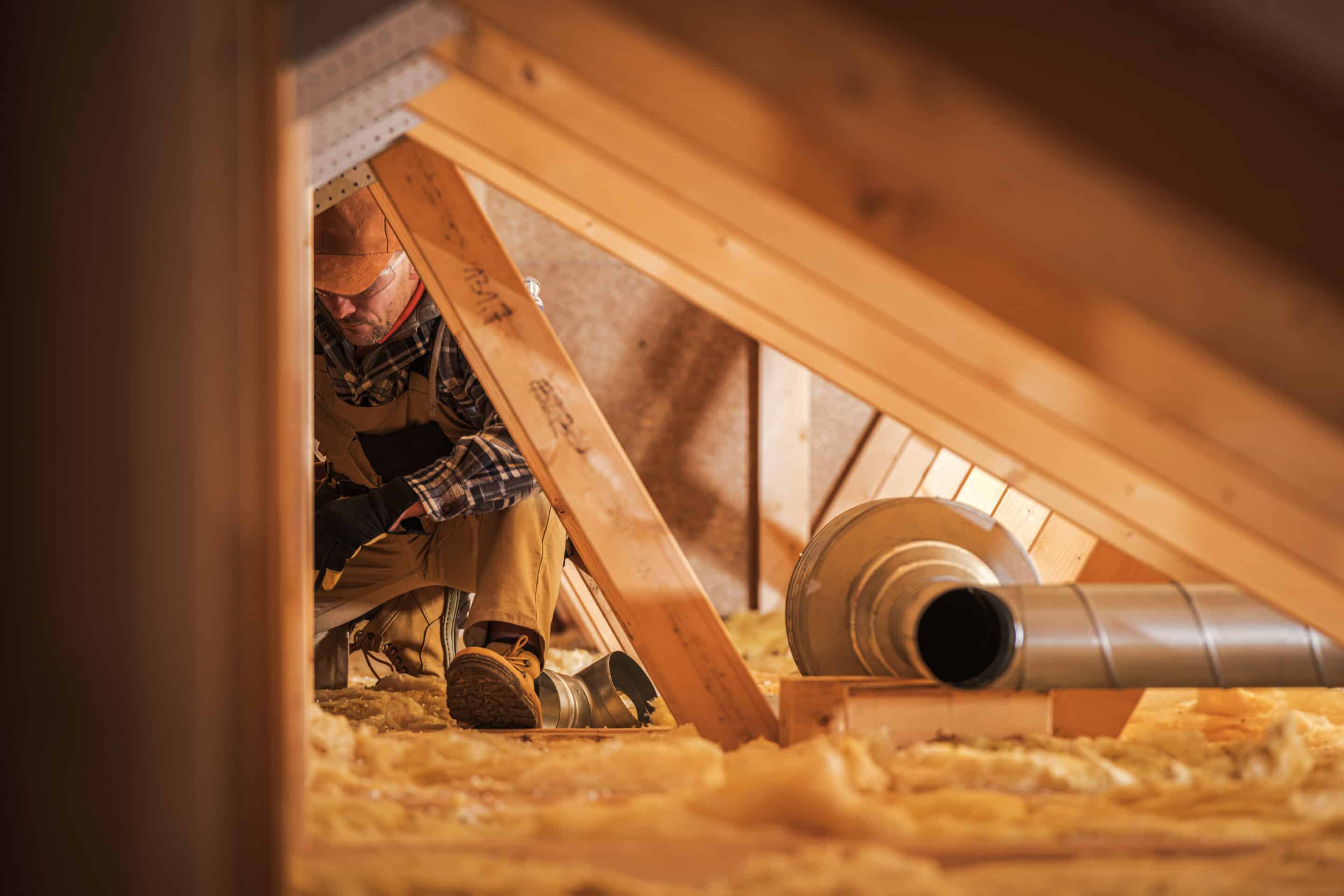
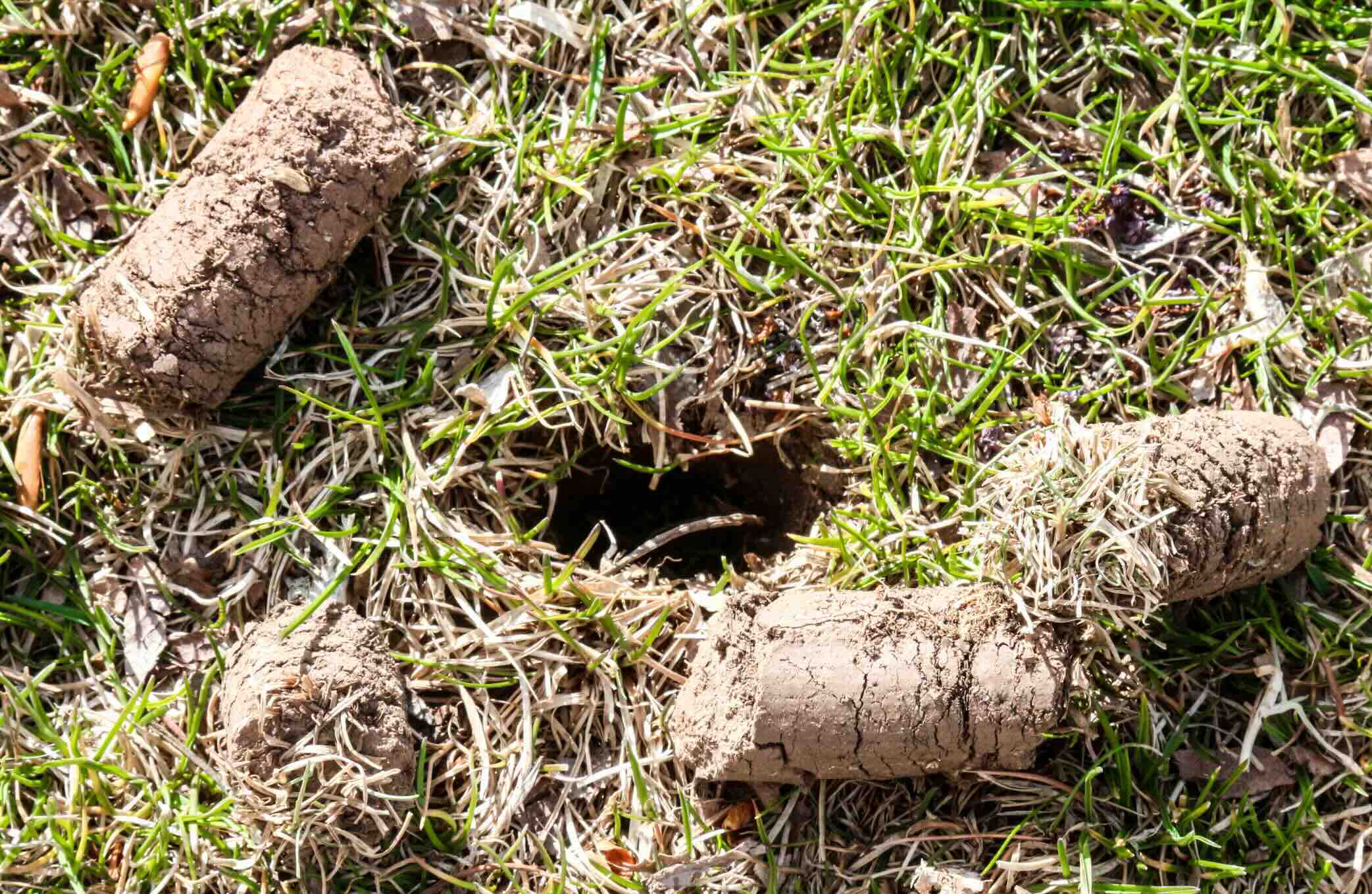
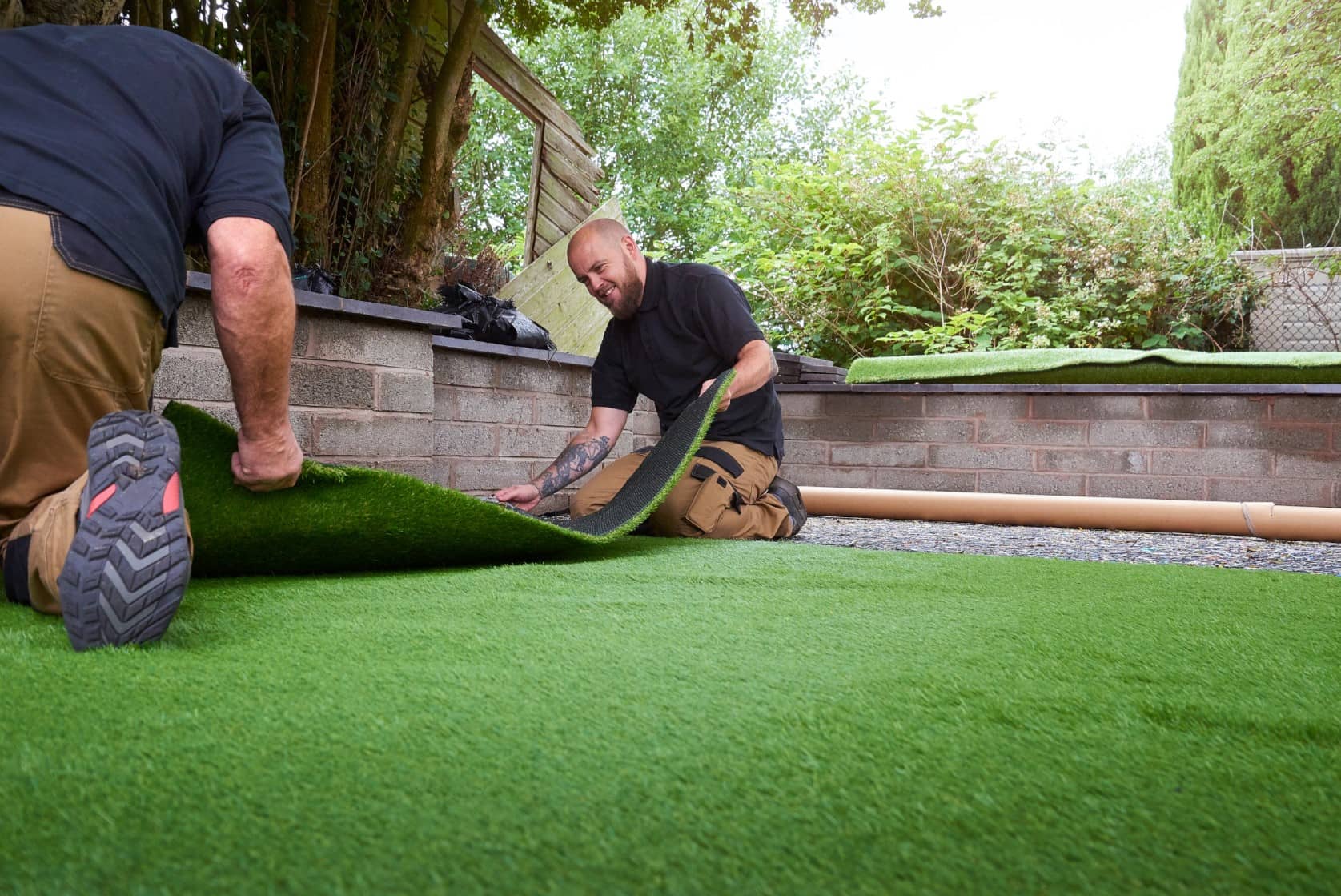
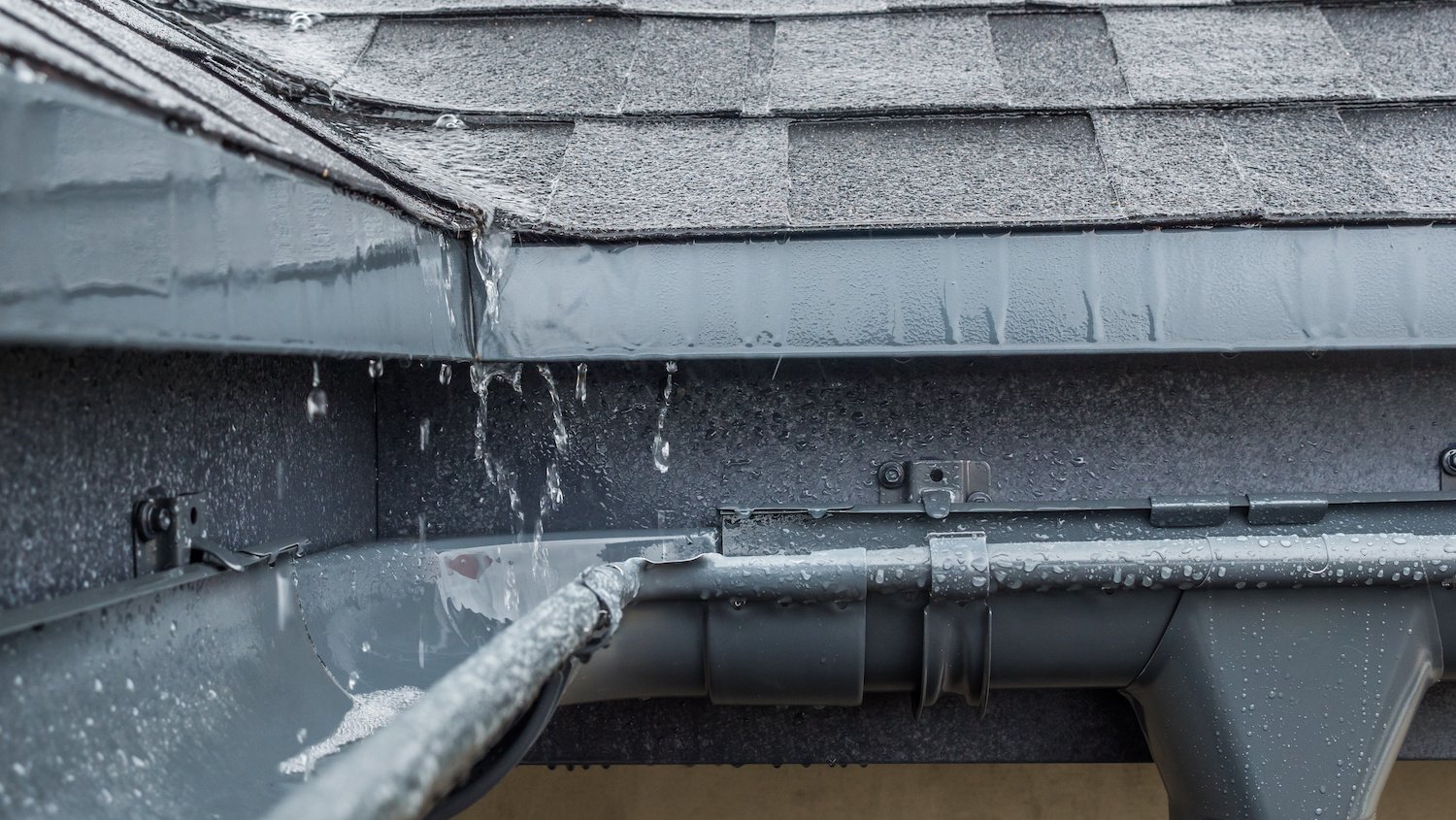
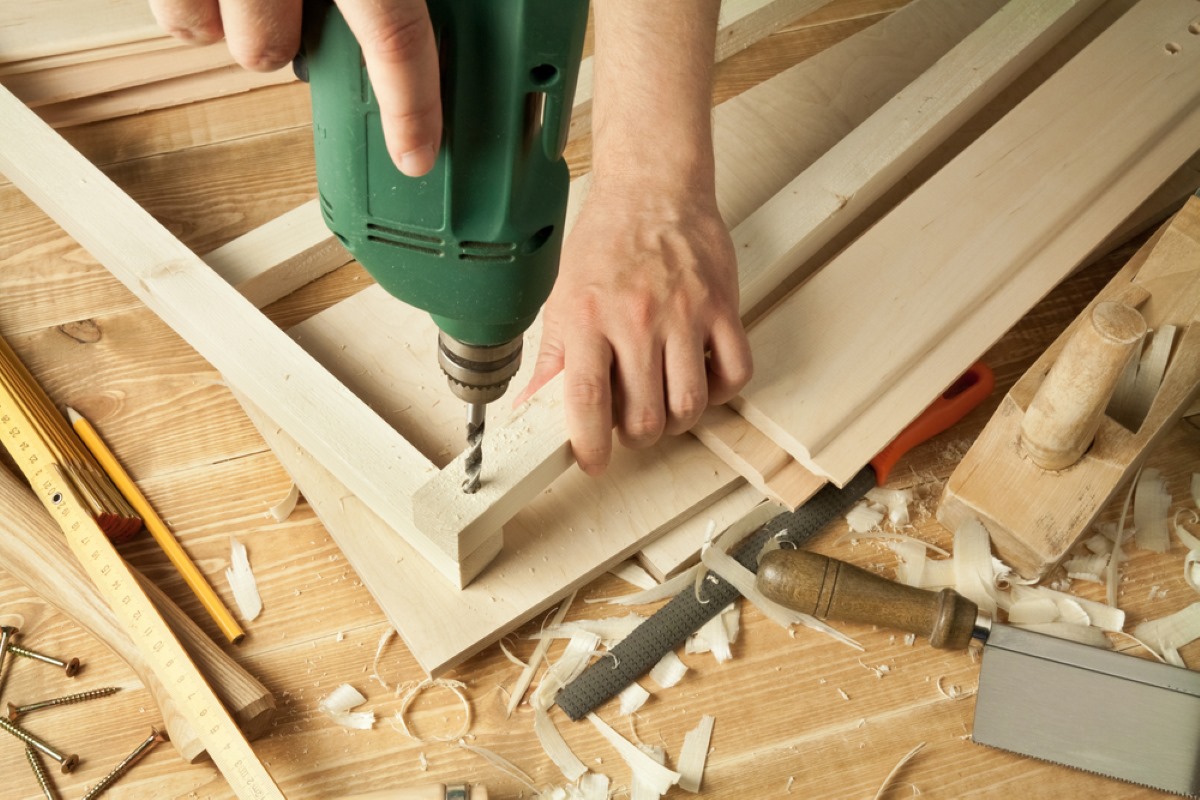
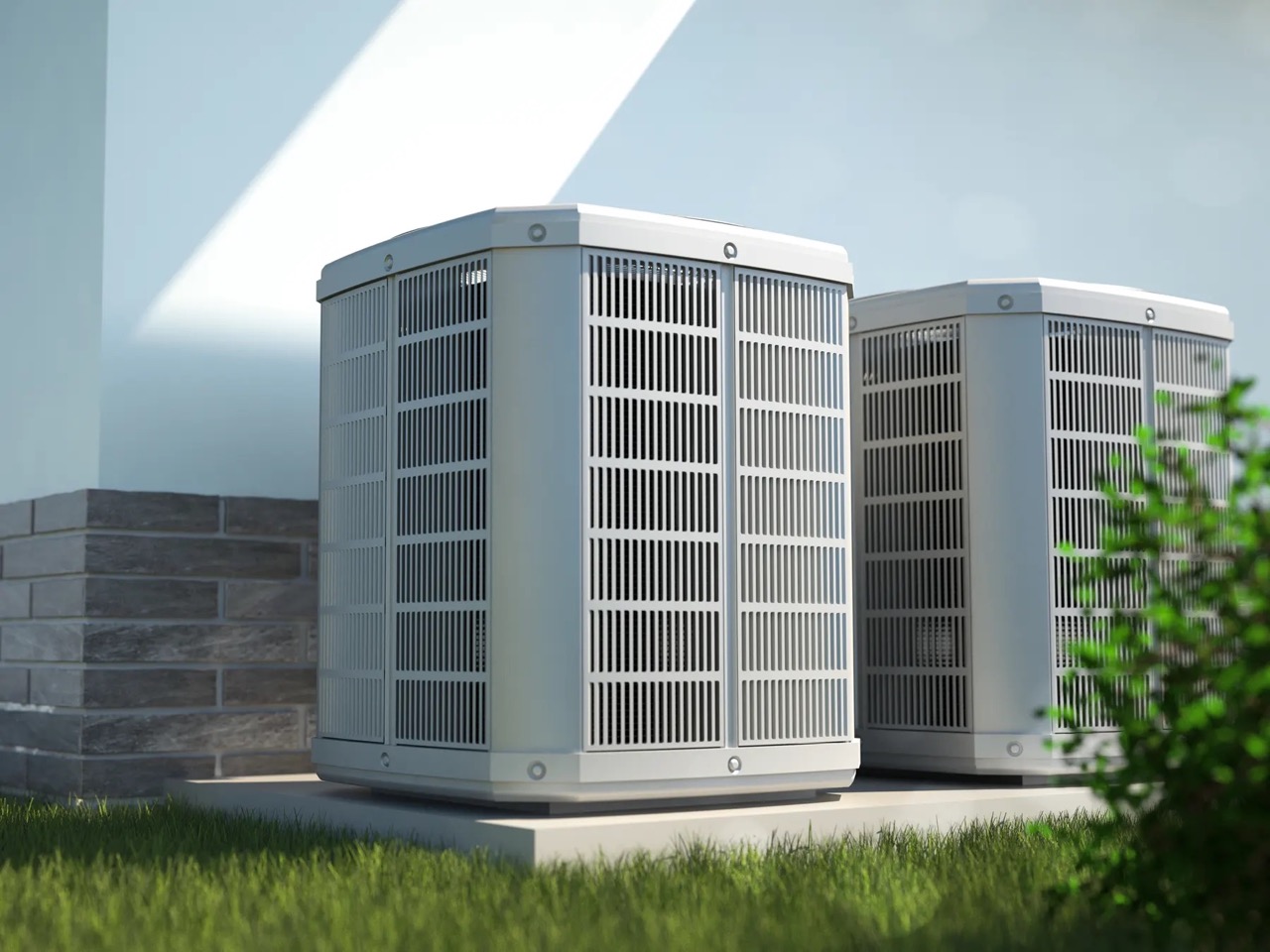

0 thoughts on “Why Is Aerating Turf Grass Important”